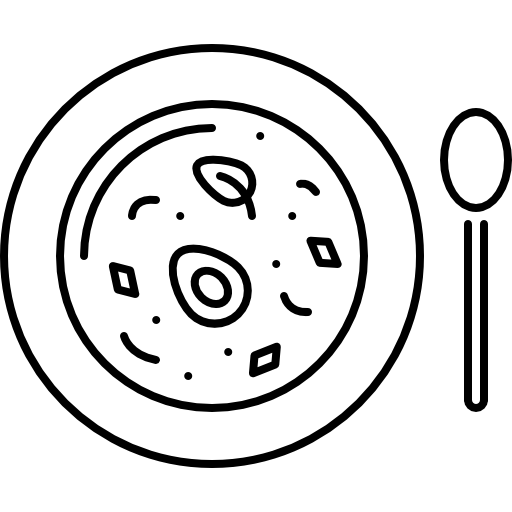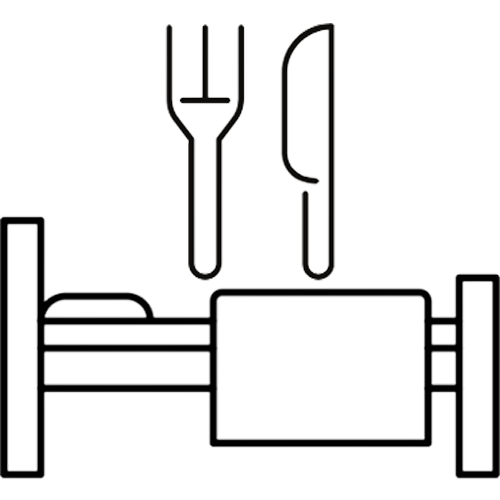
Kintai is a settlement on the Curonian Lagoon. Kintai is surrounded by a beautiful pine forest (600 hectares) – Kintai Forest. At the heart of the town stands the Evangelical Lutheran Church, dating back to the 18th century. In recent years, the grand Kintai Church has been gradually transforming into a cultural hub, hosting concerts of the Kintai Summer Festival. This festival has gained recognition as a significant cultural event on a European scale. Kintai is also famous for its fishing inspector and English merchant Wilhelm Berbom, who lived here in 1844. He was the first person to introduce the marking of fishing boats in the Curonian Lagoon with weathervanes. Nowhere else in Europe could such ornate and distinctive weather vanes be found. Another prominent figure associated with Kintai is the renowned Lithuanian writer and philosopher Vydūnas, who lived and worked here between 1888 and 1892. His legacy is preserved in the Vydūnas Memorial Museum, where visitors can explore the history of Lithuania Minor and view a rare exhibit – Vydūnas’ harp. Kintai is also famous for the largest tuja tree in Lithuania, which is about 18 metres high and has a crown width of about 12 metres. In Europe, a larger one is known only in Switzerland.
Kintai is also renowned for its fishing traditions. Fishing was the main business in those days, and this has remained the case to this day. For centuries, the fishermen of Kintai have competed with those from Rusnė to create the finest smoked fish recipes. The Kintai–Ventė coastline has become a favorite summer plein air destination for artists.
Near Kintai, in the lower reaches of the Minija River, lies the village of Minija—better known as Mingė—which was first mentioned in written sources in 1540. Located in the picturesque Nemunas Delta Regional Park, the village is also unique in that the river, which attracts fishermen, forms a street, but you can’t cross it that easily – there is no bridge. Instead, residents row across in boats or use water bicycles. Due to this distinctive feature and its scenic beauty, Mingė is often called the “Little Venice of Lithuania”. The village has an excellent marina with a complete infrastructure. It is one of the most visited places in the region.
If you have ever visited the Pamarys region, you know the mesmerizing beauty of its nature. The enchanting landscapes, bird colonies, lush forests, winding rivers, and breathtaking sunrises offer the perfect retreat from the hustle and bustle of city life.







































